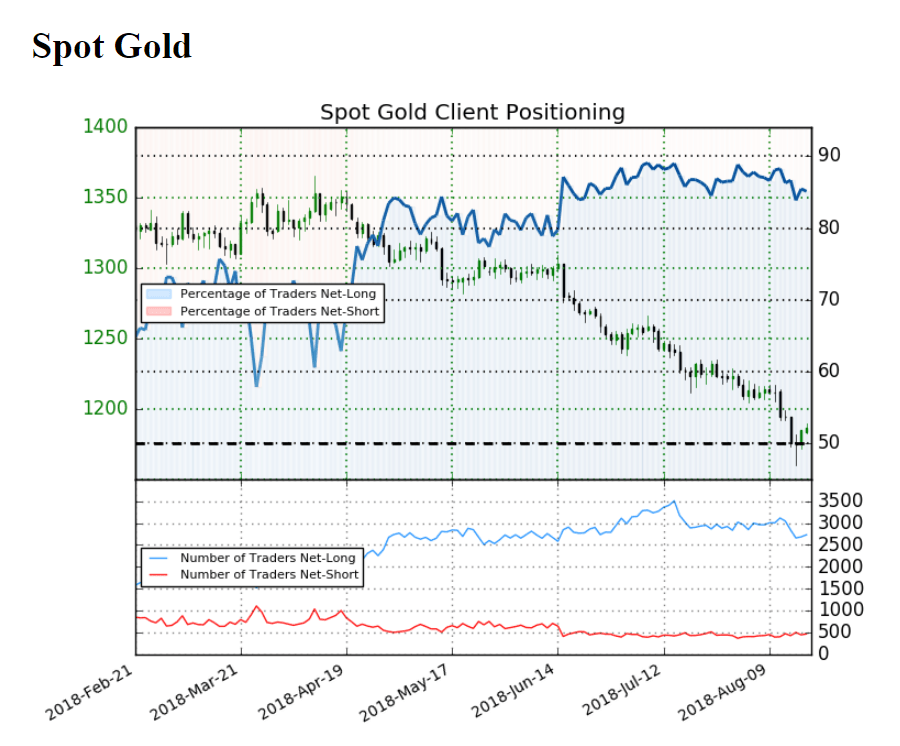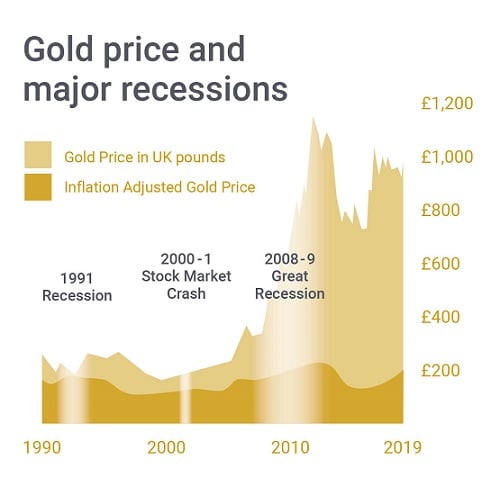Gold is on a tear, smashing record highs seemingly daily. But beneath the shiny surface, a more nuanced – and potentially worrying – picture is emerging. While demand for physical gold jewelry declines in the domestic market, a silent ‘sell-back’ wave is building momentum. Investors aren’t just holding onto gold; they’re actively liquidating it, funneling it back into accounts.

This isn’t a sign of unwavering faith, folks. It’s a clear signal that investors are bracing for volatility and pre-emptively locking in profits. They’re voting with their bullion, moving it from trinket boxes to bank vaults – a sophisticated move hinting at underlying anxiety.
And let’s be real, the speculators are having a field day. The futures market is a battlefield where bulls and bears are locked in a desperate struggle. The old rulebook for gold pricing? Toss it out the window. Institutional forecasts are becoming laughably inaccurate, merely chasing the upward trajectory in a futile guessing game.
Here’s the kicker, according to Zhao Qingming, Vice President of the Hui Guan Information Research Institute: break $4000, and we’re not just witnessing history; we’re potentially building a house of cards.
Knowledge Point: Understanding Gold’s Dual Nature
Gold traditionally acts as a hedge against inflation and a safe haven during economic uncertainty. This drives investment demand. However, excessive speculation can detach price from fundamental value.
Furthermore, the ‘sell-back’ phenomenon – where jewelry gold returns to the market – indicates a shift in sentiment. It suggests investors who bought during earlier rallies are now cashing out, increasing supply.
Traditional valuation models struggle to account for today’s complex market forces, including geopolitical tensions and central bank policies. This makes accurate forecasting exceptionally difficult.
Finally, a rapid price increase divorced from economic fundamentals inherently creates a bubble risk. A $4000 price tag could be the precipice.





